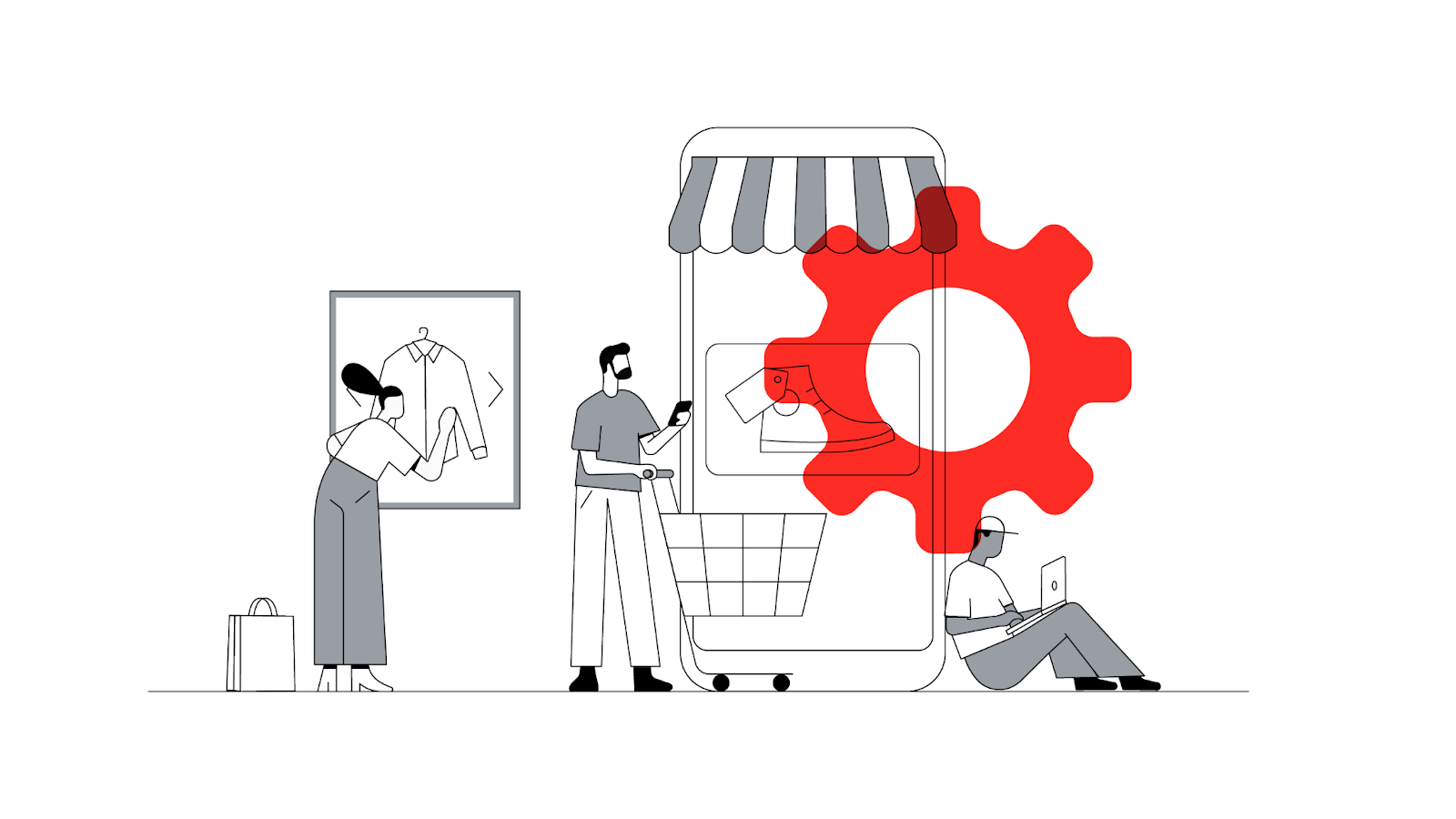
What we set out to test
Can adding product imagery to video ads create a virtual storefront that attracts product interest and sales?
The background
Central Retail is a leading department store in Thailand, offering an extensive selection of fashion, accessories, beauty, homeware, design tech, and more products. To date, the Central Retail group operates more than 2,050 stores across Thailand, 120 stores in Vietnam, and nine stores in Italy.
Traditionally, Central has always focused on using video advertising strategies to drive brand awareness, though the brand was skeptical towards their effectiveness in driving sales, especially as the overall retail landscape grows more competitive.
Today, we see increasingly digitized shopping journeys, with YouTube acting as a crucial touchpoint — 70% of YouTube viewers say that they bought from a brand as a result of seeing it on YouTube.1 In 2021, action-oriented video ads generated more than 2.8 billion conversions globally.2 As a performance-focused retailer, Central was keen to tap on this opportunity to connect with shoppers more effectively and enhance its e-commerce customer journey.
With the 12.12 mega sale season coming up, Central wanted to explore if it could turn its video ad campaigns into a digital storefront. On average, advertisers that add product feeds to their Video action campaigns achieve over 60% more conversions at a lower cost.3 Hence, Central set up an experiment to test if adding product imagery and details to its video ads could generate greater interest, and ultimately, sales.
How we set the experiment up
Central set up a controlled and equal audience split for A/B testing using the Video Experiments tool.
- Control group: Video action campaign
- Test group: Video action campaign with Product feeds
The experiment ran in Thailand for a period of four weeks, with both groups using the same creative assets, audience targeting, bidding strategy, and budgets. Both control and test groups used Maximize conversions bidding with In-market, Custom, App, and website visitors audience targeting segments.
A conversion was defined as a website visit and click on the “add-to-cart” or "purchase" buttons on the Central Thailand website. This allowed Central to measure the incremental impact of adding Product feeds on its performance metrics.
Solutions we used
- Video experiments
- Video action campaigns
- In-market segments
- Website visitors segment
- App users segments
- Custom segments
- Maximize conversions bidding
- Product feeds
What we learned
By supplementing its video ads with Product feeds, Central was able to use compelling imagery to turn viewer attention into action. The test campaign saw:

Product feeds complement action-oriented video ads with compelling product imagery and relevant information from Google Merchant Center. This acts as a digital storefront for ad viewers to browse online, allowing brands to better engage with their audience and incentivize them to make a purchase.
Following the success of this test, Central plans to utilize Video action campaigns as an always-on strategy in Thailand and continue optimizing towards a full-funnel video ads strategy.

“For the first time YouTube has provided a marketing solution that is a perfect balance between branding and performance! The results clearly showcase that YouTube's massive reach and highly engaged users can be bridged into driving lower funnel results.”
This case study is part of the Experiment with Google Ads program.






